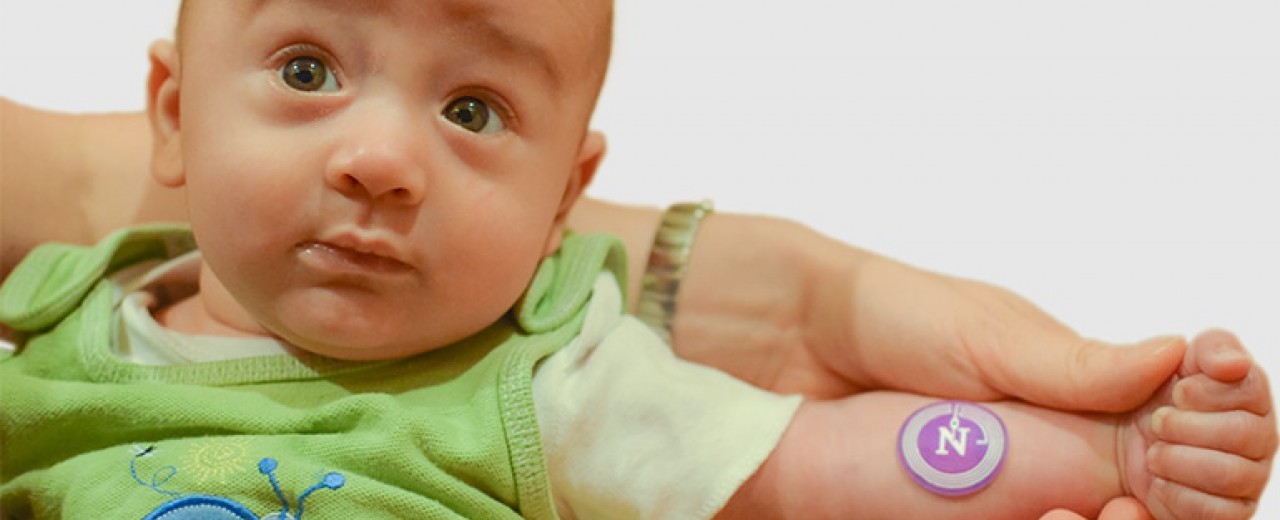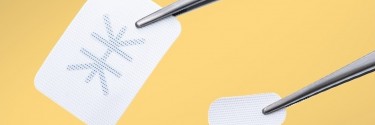Sticker on Skin Diagnoses Cystic Fibrosis in Real-time

Northwestern University researchers have created a sticker that uses a simple color shift to assess chloride levels in sweat in real time.
The sticker is placed on the skin and absorbs perspiration through a series of microfluidic channels, where an onboard bioassay analyzes chloride levels, a cystic fibrosis marker. The technology might make diagnosing cystic fibrosis in infants easier.
The faulty chloride channel in epithelial cells causes cystic fibrosis, a hereditary illness. It causes thick mucus in the airways, which can cause major breathing problems and infections, as well as stomach problems. Patients might become malnourished if they do not receive proper therapy shortly after birth if they do not obtain early diagnosis.
Currently, a heel prick test is used to diagnose the condition, and if it indicates an anomaly, physicians wrap a cumbersome "sweat collector" bracelet around the child's wrist and undertake a lab study of sweat chloride levels. The gadget should, in principle, be able to gather enough perspiration for examination in approximately 30 minutes, but it seldom does.
In a news release, Susanna McColley, a researcher engaged in the study, stated, "Some parents bring their infant in for testing and are sent home without a definite result because the equipment was unable to gather enough perspiration." “They go home without knowing if their child has a serious ailment or not, and their child cannot begin therapy until later. It's a pain in the neck.”
To solve this, these researchers created a sticker that can automatically collect and analyze sweat for chloride levels, resulting in a visible color shift. Once a color shift happens, parents can take a photograph of the skin sticker and email it to a physician for investigation. The presence of a laboratory is removed from the equation, making the diagnosis process considerably simpler.
According to Tyler Ray, another project researcher, “the gadget employs a network of microfluidic channels to collect sweat straight from the skin and send it to chambers to react with chemical reagents.” “Those reagents create a color shift that is proportional to the chloride concentration. We can allow an earlier diagnosis by collecting and analyzing sweat at the site of collection. This is critical for avoiding serious consequences and improving patient outcomes over time.”
Surprisingly, the technology might be beneficial for cystic fibrosis sufferers who wish to track their progress or check if a treatment is working. “Because this gadget is untethered, we hope to deploy it outside of clinical settings,” said Roozbeh Ghaffari, another study researcher. “With these expanded features and additional clinical validation, cystic fibrosis patients undergoing treatment may be able to use the sweat sticker at home to check their symptoms and hydration levels during daily activities in the future.”



0 comment(s)